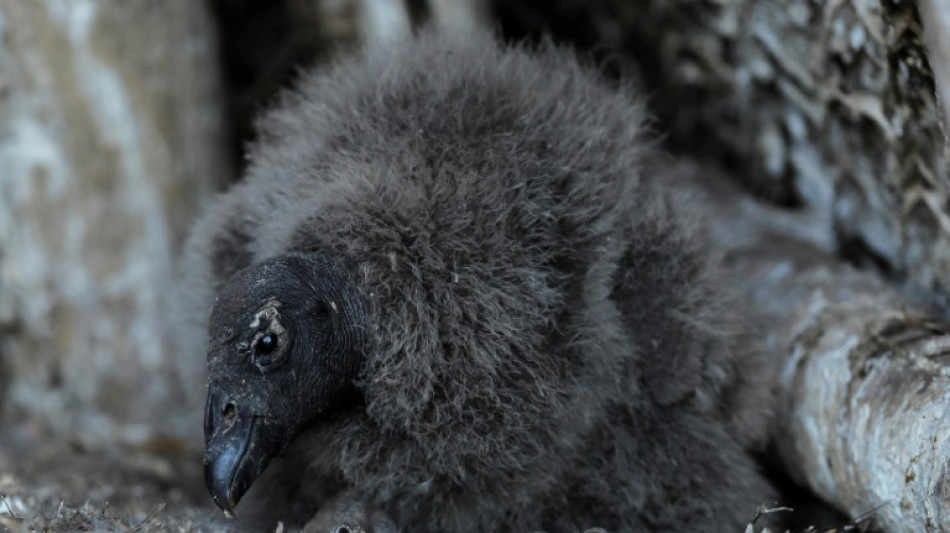
-
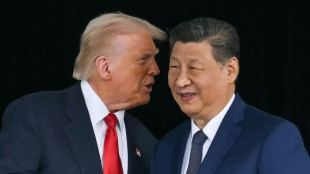 Where things stand on China-US trade after Trump and Xi talk
Where things stand on China-US trade after Trump and Xi talk
-
Sri Lanka targets big fish in anti-corruption push

-
 NY elects leftist mayor on big election night for Democrats
NY elects leftist mayor on big election night for Democrats
-
Injured Jordie Barrett to miss rest of All Blacks tour

-
 Asian markets tumble as tech bubble fears grow
Asian markets tumble as tech bubble fears grow
-
Pay to protect: Brazil pitches new forest fund at COP30
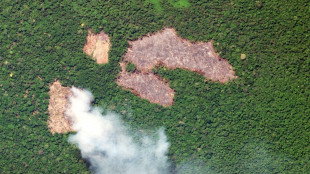
-
 Australia pick 'impressive' Weatherald in first Ashes Test squad
Australia pick 'impressive' Weatherald in first Ashes Test squad
-
Iraq's social media mercenaries dying for Russia

-
 Young leftist Trump foe elected New York mayor
Young leftist Trump foe elected New York mayor
-
Concerns at ILO over expected appointment of close Trump advisor
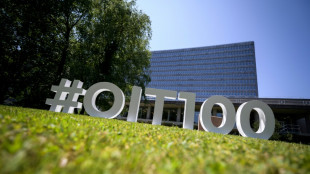
-
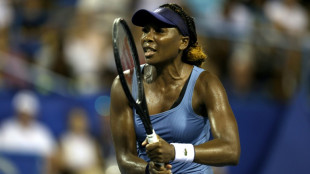 Venus Williams to return to Auckland Classic at the age of 45
Venus Williams to return to Auckland Classic at the age of 45
-
No deal yet on EU climate targets as COP30 looms
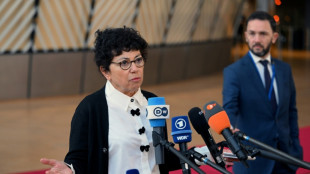
-
 Typhoon death toll climbs to 66 in the Philippines
Typhoon death toll climbs to 66 in the Philippines
-
NATO tests war preparedness on eastern flank facing Russia

-
 Uncapped opener Weatherald in Australia squad for first Ashes Test
Uncapped opener Weatherald in Australia squad for first Ashes Test
-
Liverpool down Real Madrid in Champions League, Bayern edge PSG

-
 Van Dijk tells Liverpool to keep calm and follow Arsenal's lead
Van Dijk tells Liverpool to keep calm and follow Arsenal's lead
-
PSG left to sweat on injuries to Dembele and Hakimi
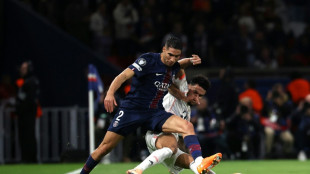
-
 Reddit, Kick to be included in Australia's social media ban
Reddit, Kick to be included in Australia's social media ban
-
Ex-Zimbabwe cricket captain Williams treated for 'drug addiction'
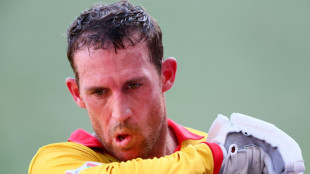
-
 Padres ace Darvish to miss 2026 MLB season after surgery
Padres ace Darvish to miss 2026 MLB season after surgery
-
Diaz hero and villain as Bayern beat PSG in Champions League showdown

-
 Liverpool master Real Madrid on Alexander-Arnold's return
Liverpool master Real Madrid on Alexander-Arnold's return
-
Van de Ven back in favour as stunning strike fuels Spurs rout

-
 Juve held by Sporting Lisbon in stalling Champions League campaign
Juve held by Sporting Lisbon in stalling Champions League campaign
-
New lawsuit alleges Spotify allows streaming fraud

-
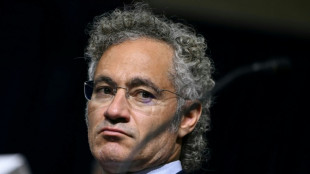 Stocks mostly drop as tech rally fades
Stocks mostly drop as tech rally fades
-
LIV Golf switching to 72-hole format in 2026: official
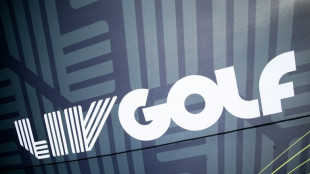
-
 'At home' Djokovic makes winning return in Athens
'At home' Djokovic makes winning return in Athens
-
Manchester City have become 'more beatable', says Dortmund's Gross

-
 Merino brace sends Arsenal past Slavia in Champions League
Merino brace sends Arsenal past Slavia in Champions League
-
Djokovic makes winning return in Athens
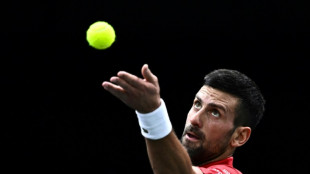
-
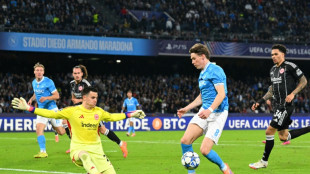 Napoli and Eintracht Frankfurt in Champions League stalemate
Napoli and Eintracht Frankfurt in Champions League stalemate
-
Arsenal's Dowman becomes youngest-ever Champions League player

-
 Cheney shaped US like no other VP. Until he didn't.
Cheney shaped US like no other VP. Until he didn't.
-
Pakistan edge South Africa in tense ODI finish in Faisalabad

-
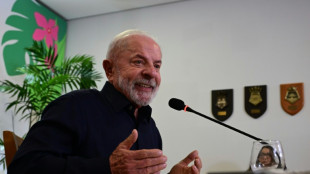 Brazil's Lula urges less talk, more action at COP30 climate meet
Brazil's Lula urges less talk, more action at COP30 climate meet
-
Barca's Lewandowski says his season starting now after injury struggles

-
 Burn urges Newcastle to show their ugly side in Bilbao clash
Burn urges Newcastle to show their ugly side in Bilbao clash
-
French pair released after 3-year Iran jail ordeal

-
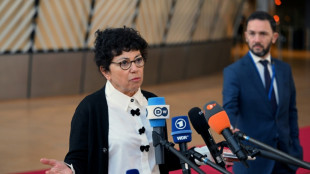 EU scrambles to seal climate targets before COP30
EU scrambles to seal climate targets before COP30
-
Getty Images largely loses lawsuit against UK AI firm
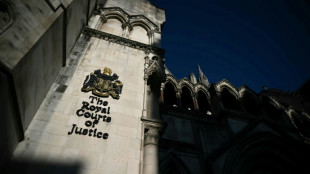
-
 Cement maker Lafarge on trial in France over jihadist funding
Cement maker Lafarge on trial in France over jihadist funding
-
Sculpture of Trump strapped to a cross displayed in Switzerland

-
 Pakistan's Rauf and Indian skipper Yadav punished over Asia Cup behaviour
Pakistan's Rauf and Indian skipper Yadav punished over Asia Cup behaviour
-
Libbok welcomes 'healthy' Springboks fly-half competition

-
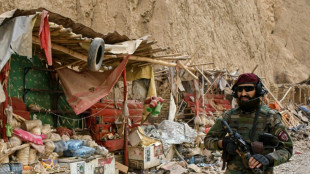 Reeling from earthquakes, Afghans fear coming winter
Reeling from earthquakes, Afghans fear coming winter
-
Ronaldo reveals emotional retirement will come 'soon'

-
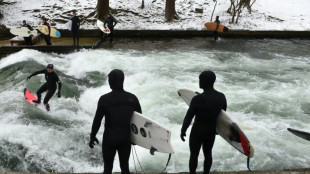 Munich's surfers stunned after famed river wave vanishes
Munich's surfers stunned after famed river wave vanishes
-
Iran commemorates storming of US embassy with missile replicas, fake coffins


Chile preparing threatened condor chicks for release into wild
Alhue and Mailen were born in captivity but conservationists hope to free the chicks soon as part of a project to boost Chile's ailing population of Andean condors.
The Andean condor, a type of vulture, is the largest flying bird in the world but its population is considered "vulnerable" by the International Union for the Conservation of Nature's Red List of Endangered Species.
There are just an estimated 6,700 Andean condors living in the wild.
At Chile's Rehabilitation Center for Birds of Prey (CRAR), conservationists are trying to boost those numbers.
"The aim is to introduce condors to nature born from condors that cannot be freed, who are here for life," said Eduardo Pavez, the CRAR founder.
The CRAR center in Talagante, 40 kilometers from Santiago, looks after birds that cannot be released into the wild, either because they cannot fly or have become too accustomed to human contact.
The parents of both Alhue, a male, and female Mailen, have lived in the center for years and cannot be released.
- Venerated but threatened -
The condor has long been venerated by indigenous peoples in the Americas.
In Andean religious mythology, the condor was a symbol of power and ruled the upper world, acting as an intermediary with the world of spirits and the sun god, Inti.
It features on the coat of arms of several countries, such as Colombia, Ecuador, Bolivia and Chile.
It is virtually extinct in Venezuela in the north of the continent, while the largest concentrations are found in the south of Chile and Argentina.
The greatest threat to the condor is human occupation of the Andean mountain range, and a lack of food.
CRAR, founded in 1990, takes in all sorts of birds of prey including owls and falcons that are injured, have been in an accident or were kept in captivity.
Its aim is to rehabilitate them and release them back into the wild, but in many cases that is impossible.
Alhue's mother, for example, was injured by a power line and can no longer fly.
Mailen's mother, who was brought to the center at the age of about one, has become too accustomed to humans to be able to survive in the wild.
Over the years, CRAR has already freed 13 out of 25 condor chicks born in captivity, with another four due to be soon released.
- Teaching by pecks -
Within the next six to nine months, once they are fully grown, Alhue and Mailen will be separated from their parents.
The parents will then be able to begin reproducing again while their offspring will start socializing with and learning from other adult condors at the center.
They will be taken to a large cage where adults that cannot be released mix with juveniles preparing for the outside world.
There they can fly around and communicate with other members of their species.
"Here they establish a hierarchy where the adult males dominate. They have to learn that hierarchy, sometimes by force of pecks, so they find their place in condor society," said Pavez.
That is a vital apprenticeship for Mailen and Alhue ahead of their likely release in the southern hemisphere in spring of 2024 so that they are able to build relationships with other wild condors, get to know their territory and find food.
J.AbuShaban--SF-PST


